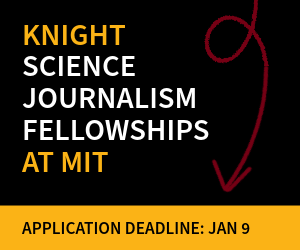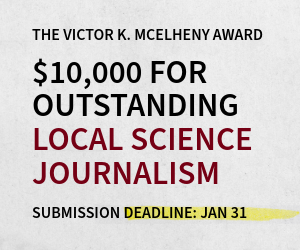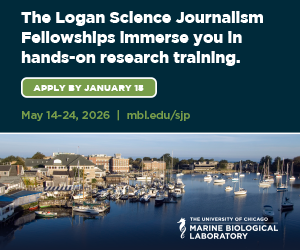More meningitis and more deaths — and probably more on the way. The new, industrial-strength, compounding pharmacy. "A spectacular failure of consumer protection." Who should regulate compounding pharmacies? A neurosurgeon claims meningitis took him to heaven. And then, big surprise, he wrote a book about it. A neurologist explains what really happened. NASW meeting next week, @ScienceWriters, #sciwri12. How to write and market science and medical ebooks.
In order to help freelancers navigate the labyrinth of contracts and legalese — and increase their chance of negotiating reasonable and fair terms — the Freelance Committee is undertaking the task of building a reference contracts database. To help out, please submit your relevant writing contracts or clauses from the last three years.



